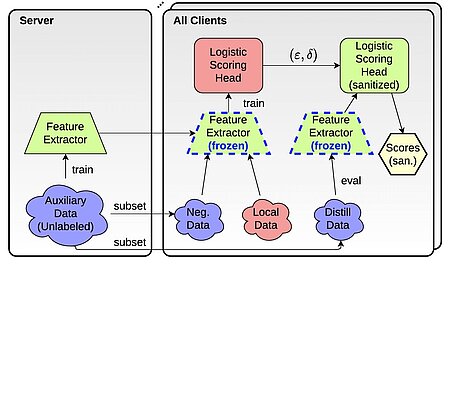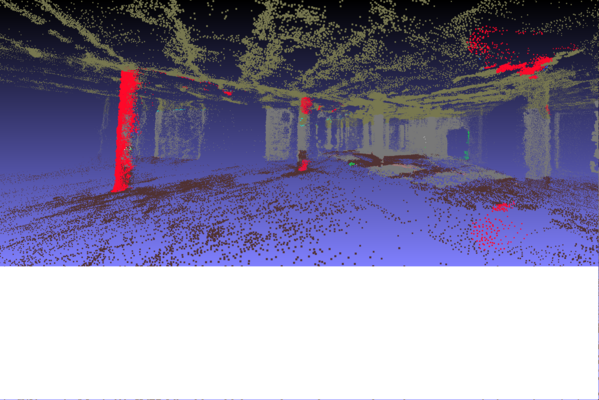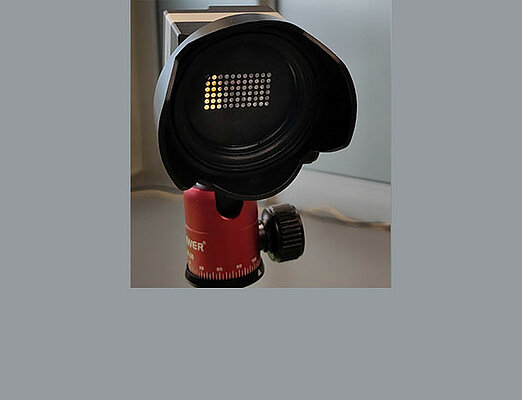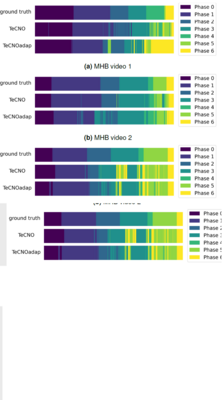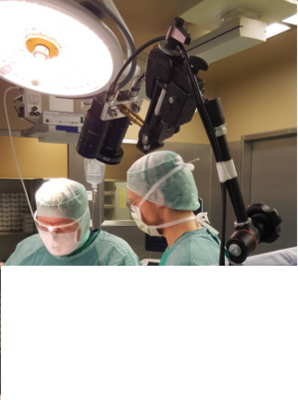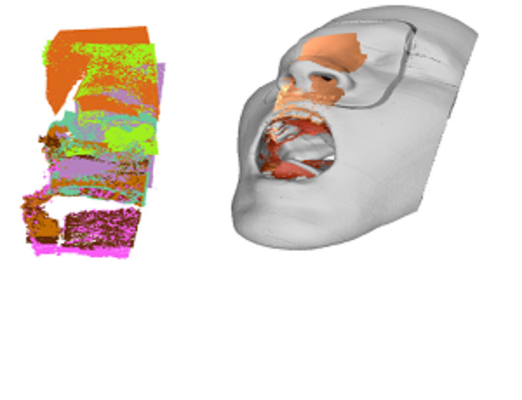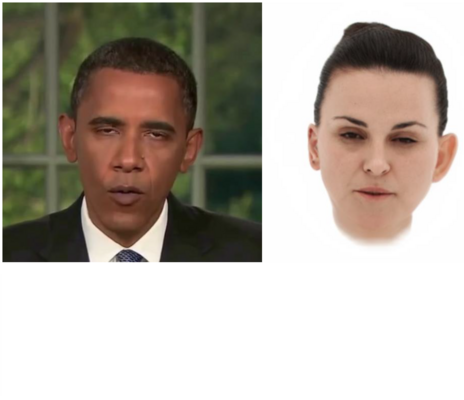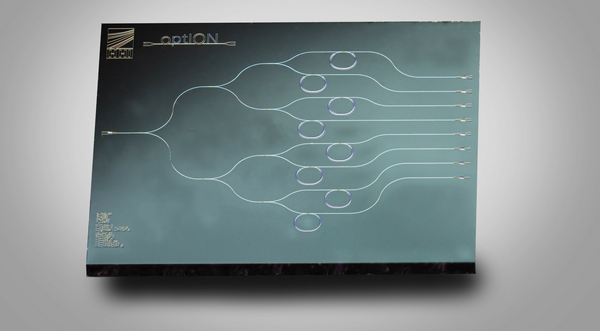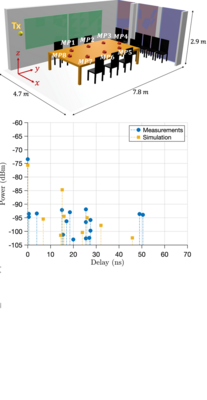Unsupervised learning of style-aware facial animation from real acting performances
This paper presents a novel approach for text/speech-driven animation of a photo-realistic head model based on blend-shape geometry, dynamic textures, and neural rendering. Training a VAE for geometry and texture yields a parametric model for...
FedAUX: Leveraging Unlabeled Auxiliary Data in Federated Learning
In this work, we propose FEDAUX, an extension to Federated Distillation, which, under the same set of assumptions, drastically improves the performance by deriving maximum utility from the unlabeled auxiliary data. Our proposed method achieves...
Hybrid semantic clustering of 3D point clouds in construction
In this work, we present an artificial intelligence (AI)-based semantic segmentation approach for three-dimensional (3D) point clouds which were generated from 2D images with a structure from motion (SfM) pipeline. We utilize state-of-the-art...
3D Hyperspectral Light-Field Imaging: a first intraoperative implementation
Hyperspectral imaging is an emerging technology that has gained significant attention in the medical field due to its ability to provide precise and accurate imaging of biological tissues. The current methods of hyperspectral imaging, such as...
Surgical Phase Recognition for different hospitals
Surgical phase recognition is an important aspect of surgical workflow analysis, as it allows an automatic analysis of the performance and efficiency of surgical procedures. A big challenge for training a neural network for surgical phase...
From Multispectral-Stereo to Intraoperative Hyperspectral Imaging: a Feasibility Study
Spectral imaging allows to analyze optical tissue properties that are invisible to the naked eye. We present a novel approach using two multispectral snapshot cameras covering different spectral ranges as a stereo-system. The proposed method...
Automatic Registration of Anatomical Structures of Stereo-Endoscopic Point Clouds
In this paper, we present an analysis and registration pipeline for confined point clouds acquired by stereo endoscopes into a fused representation. For a coarse registration, TEASER is applied, while a refinement is conducted utilizing...
Video-Driven Animation of Neural Head Avatars
We present a new approach for video-driven animation of high-quality neural 3D head models, addressing the challenge of person-independent animation from video input.In order to achieve person-independent animation from video input, we introduce...
Eight-channel SiNx microring–resonator based photonic biosensor for label-free fluid analysis in the optical C-band
A lab-on-a-chip multichannel sensing platform for biomedical analysis based on optical silicon nitride (SiNx) microring-resonators (MRR) was established. The resonators were surface functionalized and finally combined with a microfluidic chamber...
Diffuse-scattering-informed Geometric Channel Modeling for THz Wireless Communications Systems
This paper validates an in-house three-dimensional ray-launching (3D-RL) algorithm with a channel sounder measurement campaign that has been performed in a typical indoor environment at 300 GHz.

